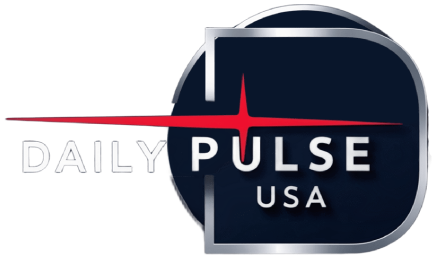In March 2025, the United States economy recorded a remarkable increase of 228,000 jobs, exceeding analysts’ expectations of 135,000 new positions. This robust performance occurred despite challenges posed by recent tariff policies and cuts in the public sector. Sectors such as healthcare and hospitality led hiring efforts, while the federal government faced significant staff reductions. The strong labor market performance suggests that, despite external pressures, certain industries continue to experience sustained demand, keeping employment opportunities available for job seekers.
The rise in the unemployment rate to 4.2% was attributed to 232,000 people entering the workforce, drawn by the prospect of higher wages. This increase in labor force participation suggests renewed confidence in the economy, with more individuals actively seeking employment. Many of these new job seekers had previously been on the sidelines, waiting for more favorable economic conditions before re-entering the job market. The growing optimism among workers indicates that they believe they have better chances of securing employment, even in a somewhat uncertain economic environment.
However, the implementation of 10% import tariffs by the Trump administration has raised concerns about future economic stability. These tariffs, the highest in over a century, have increased costs for businesses, leading to a more cautious approach to hiring and investment. As companies struggle with rising operational expenses due to higher prices on imported goods, many are re-evaluating their long-term strategies. Some firms have already begun shifting supply chains to domestic producers, while others are passing costs onto consumers through higher prices, which could fuel inflation.
The financial markets reflected these concerns, with the Dow Jones experiencing sharp declines after China retaliated with 34% tariffs on American goods. Sectors such as technology, banking, and manufacturing were particularly affected, highlighting the volatility and uncertainty surrounding the current economic environment. Investors fear that escalating trade tensions could lead to reduced corporate earnings, lower capital investment, and weaker global economic growth. This uncertainty may also discourage companies from expanding their workforce, potentially slowing job creation in the coming months.
Despite the challenges, wage growth showed positive signs, with a 0.3% increase from February and a 3.8% rise compared to the previous year. This growth aligns with the Federal Reserve’s inflation target, indicating a potential recovery in workers’ purchasing power. If wages continue to rise steadily, consumer spending could remain strong, helping to sustain economic momentum. However, inflation remains a key concern, as higher wages can also drive up prices for goods and services, putting additional pressure on household budgets.
However, the combination of aggressive tariff policies and public sector cuts—especially with the creation of the Government Efficiency Department led by Elon Musk—resulted in significant layoffs in the federal government. These actions have raised concerns about the impact on public service delivery and overall consumer confidence. While the administration argues that reducing government bureaucracy will lead to greater efficiency, critics warn that job losses in key federal agencies could weaken critical services, such as healthcare, infrastructure maintenance, and regulatory oversight.
The Federal Reserve now faces the challenge of balancing the need to control inflation caused by tariffs with the risk of further slowing the economy. The possibility of interest rate cuts is being considered, but with caution, given the current inflationary scenario. Policymakers must carefully assess whether reducing interest rates would stimulate job growth without exacerbating inflationary pressures. The central bank’s next steps will be closely watched, as they will play a crucial role in determining the economic outlook for the rest of the year.
In summary, while the job growth in March 2025 is an encouraging sign, recent economic policies have introduced variables that could negatively impact the US economic trajectory in the coming months. Businesses and consumers should remain vigilant to economic changes and adjust their strategies accordingly. As trade disputes, government restructuring, and inflationary concerns unfold, the coming months will be pivotal in determining whether the US economy can maintain its current strength or face a potential downturn.
Author: Halabeth Gallavan







